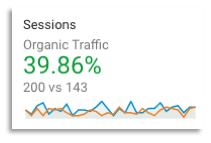A Beginner’s Guide to Email Marketing: Tips, Advice & More

Email has been in use for nearly four decades now. While it’s gone through various interpretations and numerous other forms of communication have arisen, there is still no communication method as strong as email marketing. Marketing teams nowadays are giving a lot of attention to social media, but they sometimes overlook the benefits that email provides. If you’re just getting started with email marketing, you should consider some of the following tips and advice along the way.
Why Email Marketing?
Still not convinced that email marketing is superior? Here are just a few reasons to implement an email strategy:
- Most everyone checks their email every day. You should be targeting people in hope that they’ll open your email and check out what you have to say.
- Conversion rates are high among emails, meaning that it’s more likely for a past customer to return to your site after seeing an email with intriguing content.
You can curate a list of people to email. With a subscribers’ list, you can effectively target specific people, keeping in touch with them, both now and in the future.
Getting Started with Email Marketing
Before you can begin creating emails for customers, you need a list of subscribers to work with. One of the best ways to accrue a list of potential subscribers is to feature a pop-up on your website—one that asks visitors if they’d like to sign up for your email service. You can further entice them to do so by saying they’ll be notified via email about sales, new products, and more.
Once you begin establishing your list of subscribers, you’ll want to move on to finding the right email marketing service for you.
Tip: You want to make sure your pop-up on mobile is non-intrusive and takes up a small amount of space on the screen. If it’s too large on mobile and users have a hard time exiting the pop-up, this could negatively affect your SEO (more info on this here).
Choosing Your Email Marketing Service
Email marketing services are platforms and software which simplify the email process for businesses. Upon signing up, businesses will be provided with an intuitive, interactive interface that allows them to store subscriber lists that can be emailed on command. Think of the software as a means of streamlining the process, where emails can be scheduled ahead of time—like using Hootsuite to schedule future social media posts.
ConvertKit is a popular email marketing software in the business and blogging world. With affordable plans, you can store subscribers, build custom email campaigns, create specific segments and much more. ConvertKit makes it easy for anyone to get started with email marketing. You can check out their services here.
Segmenting Your Email List
Some email management software will allow you to segment your subscribers’ list, meaning you’ll be able to add tags to specific subscribers with available information. Rather than keeping your subscribers’ list as is, you can customize lists with various designations, including subscriber location, preferences, interests, activity, shopping cart abandonment, and more. Maybe you’re sending mass emails to employees or business partners and want to ensure you meet the same tone.
Segmenting makes it easier to target specific people when creating email campaigns for any type of group. Instead of emailing your entire subscriber base at once, this segmentation allows you to effectively email certain groups of people. Examples include sending a welcome email to new subscribers or rewarding with coupons and special deals recipients who have opened past emails.
Improve Email Engagement
Write to the Right Audience
With your subscriber list segmented, you should make sure to target specific individuals from the list. You should be writing to the people you are targeting with each one of your emails.
While you should set the tone and content for the particular group, remember to write the email in a personal way—you shouldn’t be writing to a group but to an individual. This is important to make recipients feel as if they alone were emailed rather than just received a generic group email. Get an idea for what these people want to hear and how they want to have that content provided, prior to sending your email.
Make Content Stand Out
Emails should be interesting. You shouldn’t just be pitching your services and products to recipients with every email. And, even if you are pitching a service or product, it should be wrapped in more interesting, informative content.
You want people to open your email. Consider presenting them with information they might be looking for or a headline that pops and catches their attention. They might already know what you offer as a business, so show that you understand just what it is they’re looking for in life.
Analyze Your Timing
The time that an email is sent can have a serious effect on whether or not it is opened. An email sent during the middle of the night is sure to be missed by a large segment of your subscribers’ list. Instead, consider tracking the engagement of your emails via a “time posted” basis. Consider doing some A/B tests to see how certain timeframes affect the rate at which recipients open emails. With a bit of research and testing, you can find the best time of day to send emails to your subscribers’ list.
Keep Track of Your Data
To make the most of your email marketing campaigns, you should keep track of available metrics to make the most out of every future post. Most email marketing platforms will provide you with metrics that can be tracked to determine the effectiveness of past campaigns.
Metrics you should consider tracking include deliverability rate, open rate, and click-through rate. These metrics allow you to identify how many emails successfully made it to recipients, how many recipients opened their emails, and how many recipients who opened your email clicked on a posted link. These analytics can be used to determine how effective past campaigns were and what things need to be tweaked. Perhaps certain emails didn’t make it to some recipients or maybe some people received them but didn’t open them. What could be the reason? With these metrics, you could start analyzing past emails to see flaws that could be fixed for future campaigns.
Summing Up
Email campaigns don’t have to be complicated. With the right host and a smart strategy, you can effectively reach recipients and keep them interacting with your brand.
Author Bio:
 Nick is a digital strategist with over twelve years’ experience in planning and executing marketing plans for B2C/B2B brands. Currently, he’s the Marketing Manager for Refersion, the advanced affiliate marketing platform that helps brands manage, track, and grow their affiliate network.
Nick is a digital strategist with over twelve years’ experience in planning and executing marketing plans for B2C/B2B brands. Currently, he’s the Marketing Manager for Refersion, the advanced affiliate marketing platform that helps brands manage, track, and grow their affiliate network.
Are you currently using email marketing for your business?










 also talk about the flexibility that working remotely has afforded them and how they are able to take vacations on a whim or plan impromptu outings during the regular workday. It’s no secret that working remotely is awesome.
also talk about the flexibility that working remotely has afforded them and how they are able to take vacations on a whim or plan impromptu outings during the regular workday. It’s no secret that working remotely is awesome. es. Whether it’s being there to take them to the doctor when they aren’t feeling well, cheering them on during sporting events, or listening to them perform in a choir or band concert,
es. Whether it’s being there to take them to the doctor when they aren’t feeling well, cheering them on during sporting events, or listening to them perform in a choir or band concert, 

 Although you
Although you 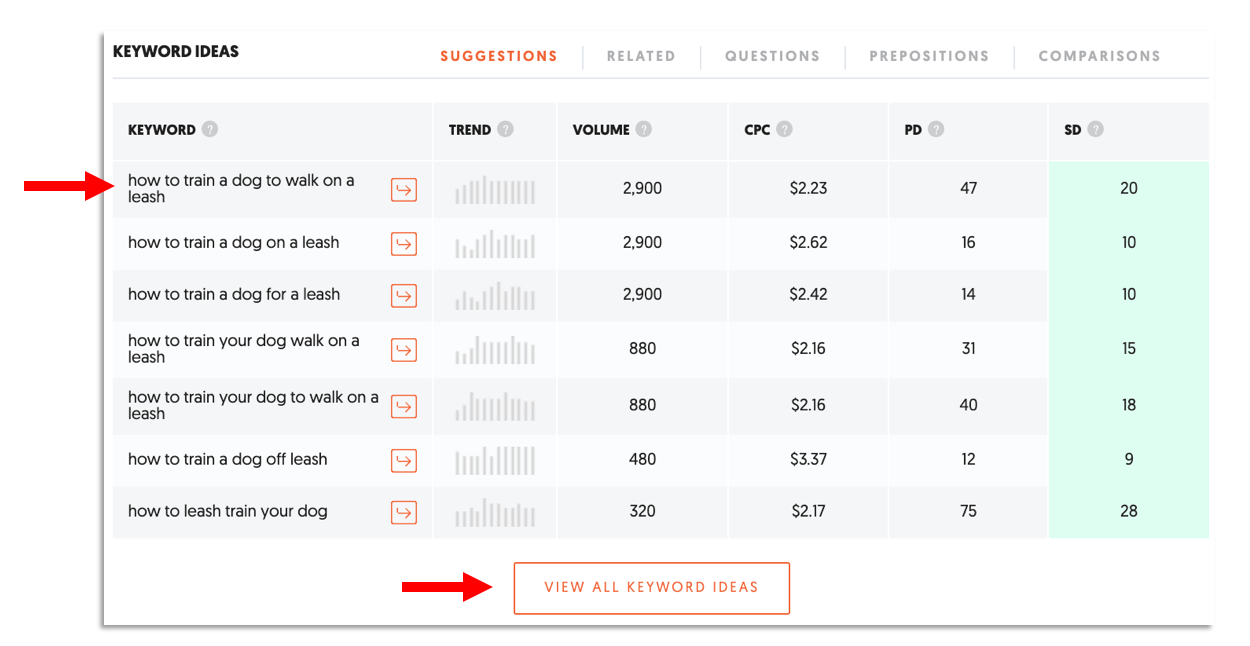
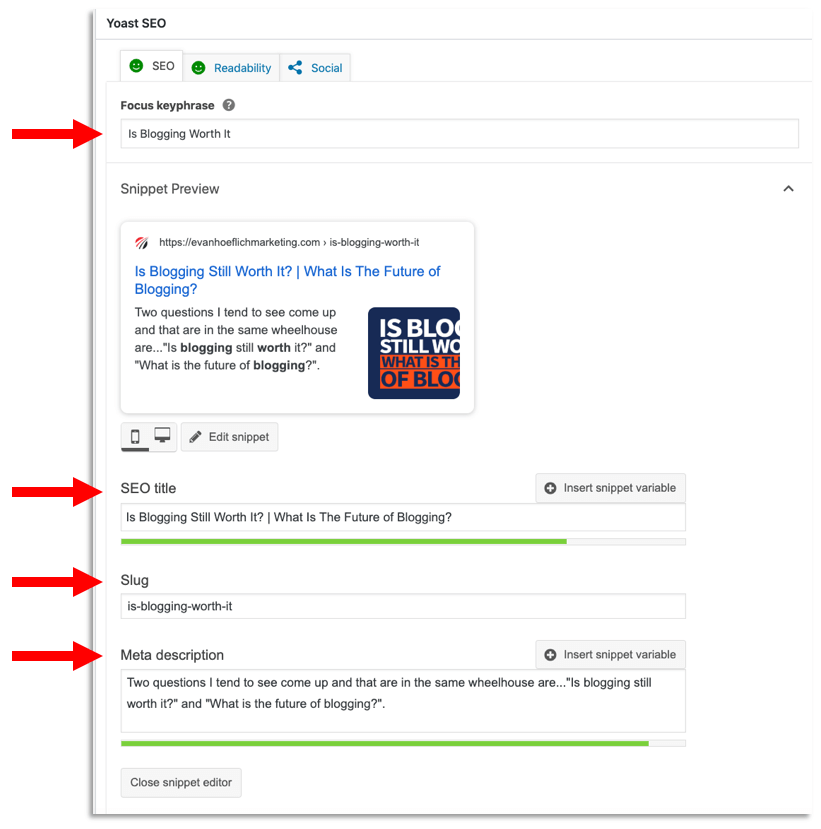
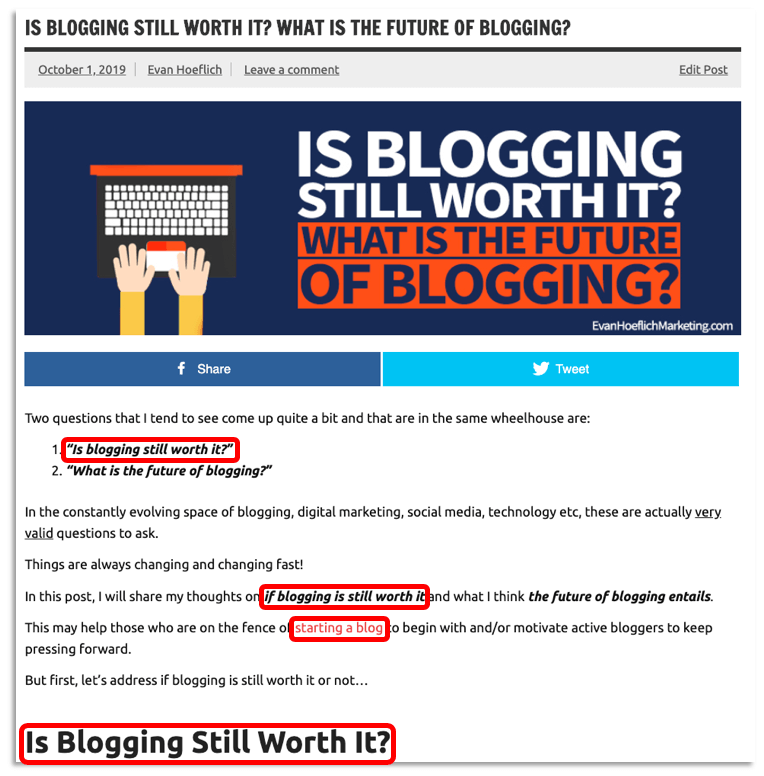

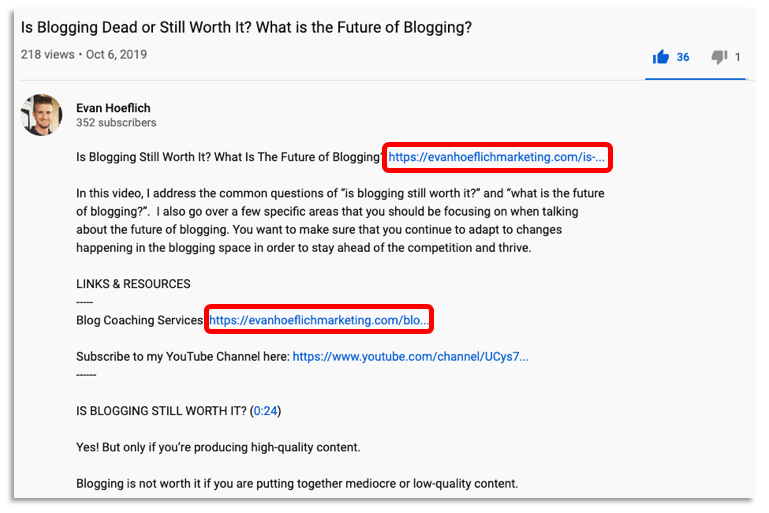


 In the past, those who use images within their Google webpages would have to build them in a specific way. Then, Google can see them. This process was called optimizing the images. Those who
In the past, those who use images within their Google webpages would have to build them in a specific way. Then, Google can see them. This process was called optimizing the images. Those who 
 Despite this, it didn’t all begin with this simplicity. The voice automated search began with a rather disappointing makeup. It didn’t respond to questions with relevant answers, but simple confusion, giving the user only the feeling of frustration.
Despite this, it didn’t all begin with this simplicity. The voice automated search began with a rather disappointing makeup. It didn’t respond to questions with relevant answers, but simple confusion, giving the user only the feeling of frustration.



